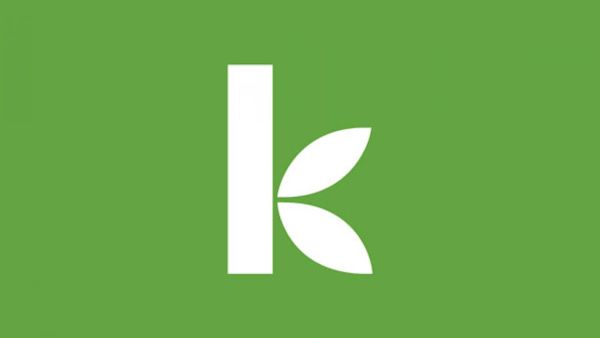The Future of Microfinance: A Brief Peek Inside the Brain of one MFI
November 30, 2009
By Josh Wilcox, KF9 Peru
While Kiva Fellows work diligently with their host microfinance institutions to implement the Kiva processes, verify borrowers, and write insightful journals on the impacts of the loans, it is easy to miss the other behind-the-scenes projects that microfinance organizations are crafting in their lair.
Those of us from the developed world often do not realize that we are not the only ones brainstorming and designing how microfinance will evolve, determining the most effective means to empower individuals in emerging nations to improve their standard of living.
At Caja Rural Señor de Luren, a firmly established microfinance institution with over 30 branches throughout Peru (and my current MFI placement), they are currently in the process of developing three projects that will broaden the financial products offered to the poor and cement themselves as the sought-after destination for any microentrepreneur in need of capital in the region.
- ATMs and Debit Cards: Currently being installed in three locations in Ica and Lima, Caja Luren customers will not only be able to withdraw money from their savings account which they maintain with the MFI, but they will also have access to their microloan. The funds from a loan to a borrower with a debit card will automatically be transferred to the personal account of the cardholder, which they can either withdrawal or use their card to purchase goods at stores and restaurants. This opportunity serves multiple purposes. The borrower is able to avoid the horrendous lines, which often stretch around the block at financial institutions in Latin America, and they will benefit from having a secure location to store their money (definitely much safer than a mattress). As a business, Caja Luren also gains in this situation, because having a greater breadth of financial products is critical when facing increasing competition not only from EDPYME’s (i.e. Peruvian institutions that only offer small microloans), but also from other larger private and public financial institutions, including even foreign NGO’s (non-governmental organizations).
Below is a promotion for debit cards from Caja Rural that has been shown over the airwaves in Ica, Peru:
'- Micro leasing: As one might deduce based on the name, this is a Caja Luren project that will, in the future, allow microentrepreneurs to lease equipment, machinery, or vehicles from the MFI. All goods will be purchased new and officially owned by Caja Rural, while the microentrepreneurs pay monthly installments to the MFI to lease the equipment. Finally, at the end of the leasing term, the individual will have the opportunity to purchase the item from Caja Luren at a reasonable, discounted price. This way, a construction worker in Ica can afford his cement mixer to re-build the destroyed houses from the 2007 Peru earthquake and a seamstress in a rural neighborhood may own her sewing machine to make children’s clothes to sell during the Christmas season without requiring a significant up-front investment.
- Factoring: Offered to customers who have proven to have an established business with a steady income, factoring allows a microentrepreneur to place 30, 60, or even 90 days worth of one’s income as collateral to guarantee a loan. While not yet implemented at Caja Luren, factoring will allow someone to take out a sizeable loan to invest in their business when no other guarantee is available, such as a title to a house or car. This is just another technique to allow those with few tangible belongings to still have access to funds to invest in their microenterprises.
Josh Wilcox is a Kiva Fellow at Caja Rural Señor de Luren in Ica, Peru as part of the KF9 class.
Remember to LEND to Caja Rural’s entrepreneurs and JOIN the Amigos de Caja Rural Señor de Luren lending team!
/>PREVIOUS ARTICLE
“Tis the season”….Filipino Style →NEXT ARTICLE
Support Kiva via Nau's Gifts of Change →













